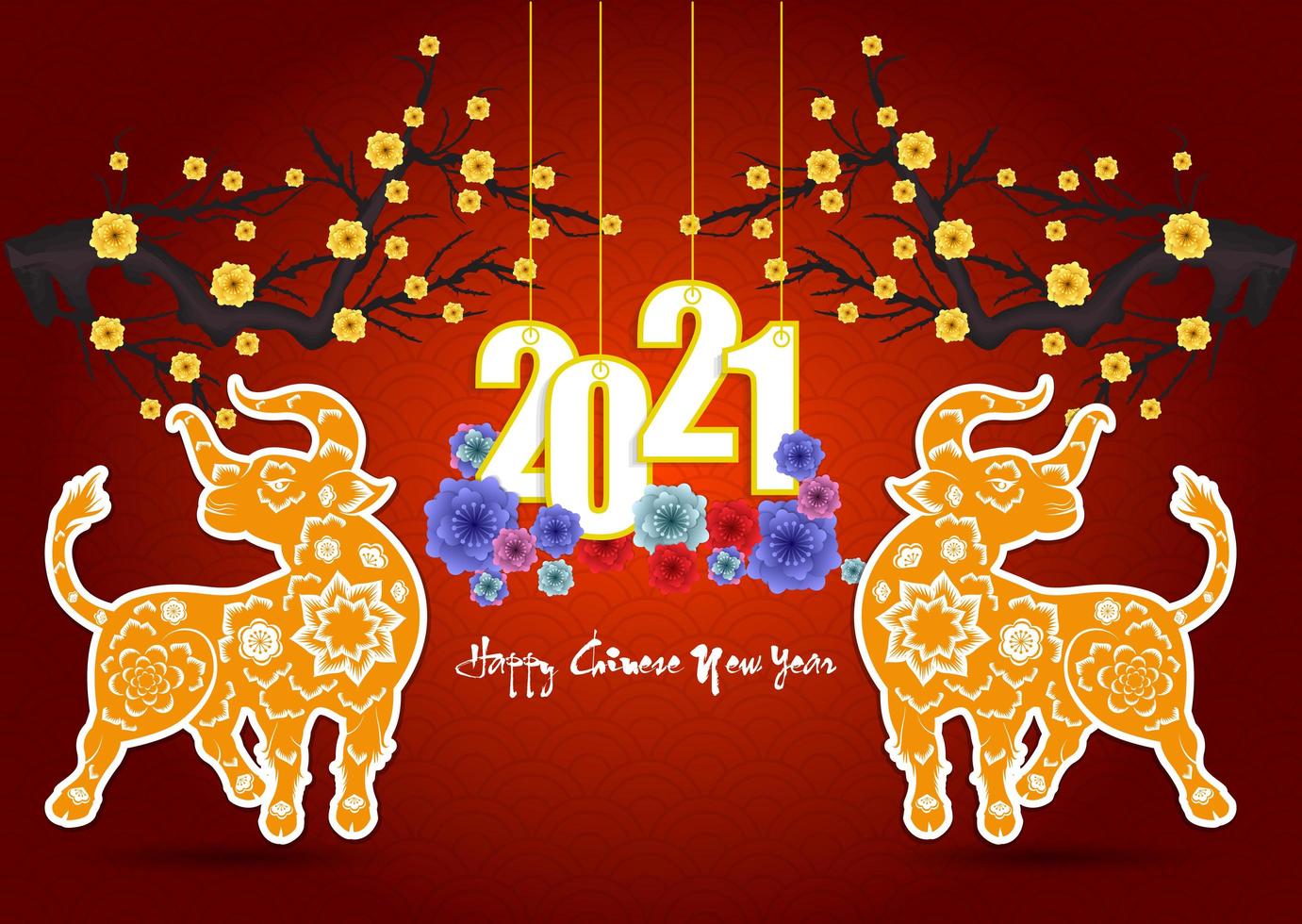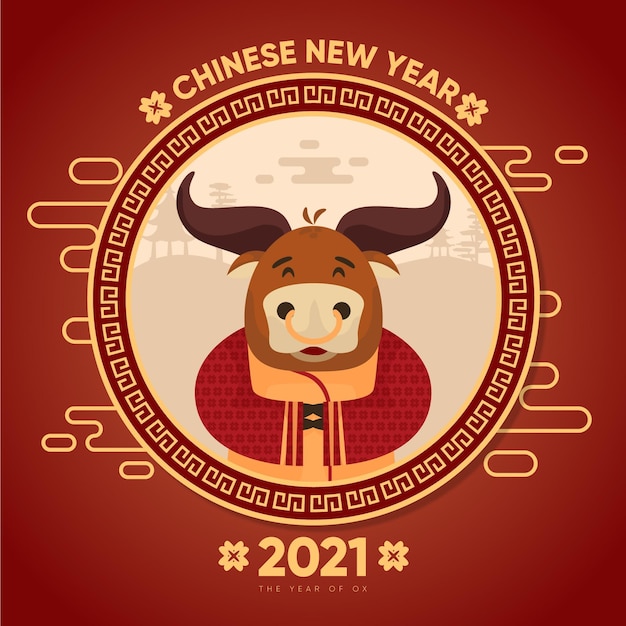


4 Pots of kumquat and flowers are also put up as part of the festive decorations to brighten up the home. It is customary not to sweep, mop, scrub or wash on the first day of the Lunar New Year lest the good luck be swept away, with some even hiding their brooms. Prior to the New Year, homes are usually swept bamboo leaves are traditionally used to sweep the floor as it is believed that this would drive evil spirits out. 2 However, firecrackers have been banned in Singapore for public safety reasons since June 1972, following the introduction of the Dangerous Fireworks Act. Firecrackers are then lit to bid farewell to the deities and spring cleaning commences. Sometimes, honey or rock sugar is placed on the mouth of the Kitchen God’s statue. Special food offerings such as sweet cakes, candied fruits and sweet rice dishes are provided for the Hearth God or Kitchen God ( zaojun or zaowang) in the hope that he would put in a good word for the family to the Jade Emperor. It is believed that on this day, household deities report to Yu Huang (Jade Emperor), the supreme ruler of heaven and earth. On the 24th day of the 12th month of the Chinese lunar calendar is xiaoguonian (little new year), which marks the beginning of the new year festivities. This typically falls between 21 January and 20 February each year. The first day of the lunar new year usually falls between the winter solstice ( dongzhi) and spring’s beginning ( lichun). Chinese New Year is celebrated by most Chinese in Singapore.


 0 kommentar(er)
0 kommentar(er)
